Kaziranga National Park
Kaziranga National Park, located in the heart of the Indian state of Assam. Exemplifies the region’s exceptional biodiversity and natural beauty. This UNESCO World Heritage Site spans over 430 square kilometers in the Brahmaputra River’s floodplains and is known for its beautiful meadows, deep forests, and rich animals. Kaziranga protects some of the world’s most endangered animals, including the renowned one-horned rhinoceros, stately elephants, and secretive tigers. Let us take a tour through the delights of Kaziranga National Park, where conservation efforts and natural beauty intersect.
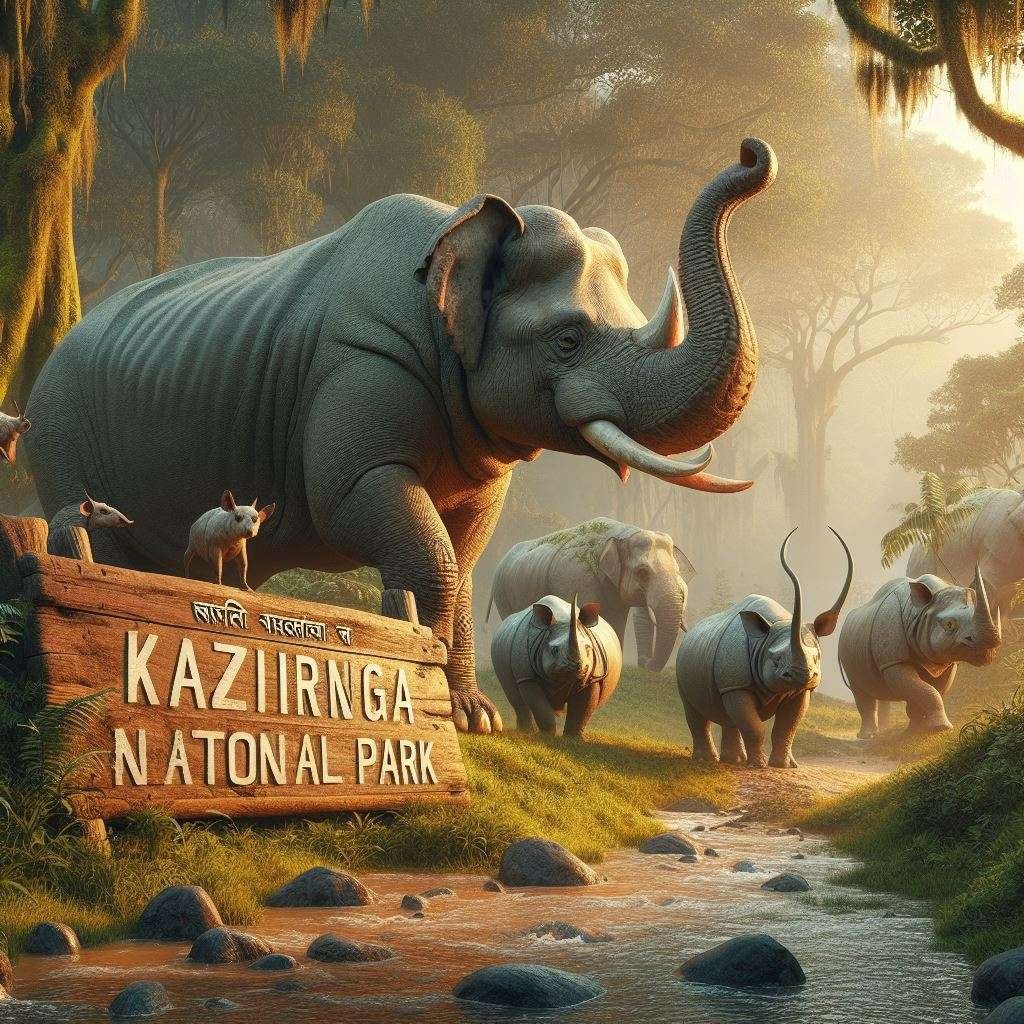 A Haven for Wildlife
A Haven for Wildlife
Kaziranga’s conservation success story is about its role as a sanctuary for one-horned rhinoceros. Kaziranga is home to more than two-thirds of the world’s population of this beautiful species, and the park has played a critical role in their survival and recovery from near-extinction status. Visitors to Kaziranga are treated to the sight of these prehistoric-looking beasts grazing contentedly in the park’s meadows. Their thick skins and unique horns representing conservation achievement.
However, the rhinoceros is only one of many animals that make Kaziranga home. The park also has huge populations of Asian elephants, wild water buffalo, and swamp deer, as well as a wide variety of wildlife, including the endangered Bengal florican and the stately white-bellied heron. Kaziranga’s diverse ecosystems, which include grasslands, marshes, and woods, provide a key sanctuary for these species, allowing them to thrive in a protected setting.
Conservation Efforts and Challenges
Kaziranga’s status as a wildlife refuge stems from decades of committed conservation work. Since its inception as a protected area in 1905, the park has led conservation efforts to preserve its unique biodiversity and ensure the survival of endangered species.
One of the most serious concerns confronting Kaziranga is the ongoing threat of poaching, notably of one-horned rhinoceros. Despite strong anti-poaching measures and park ranger operations, poaching continues to be a danger, fueled by demand for rhino horn in illicit wildlife trafficking markets. Conservation organizations and government agencies are working feverishly to curb poaching and increase safeguards for the park’s species, but the fight continues.
In addition to poaching, Kaziranga is facing additional conservation difficulties, like as habitat degradation and fragmentation caused by human expansion and infrastructural development. As the human population in the surrounding areas grows. So does the demand for the park’s resources, putting the delicate balance of its ecosystems at risk. Sustainable development measures and community-based conservation activities are critical to reducing these risks and ensuring Kaziranga’s long-term survival as a wildlife sanctuary.
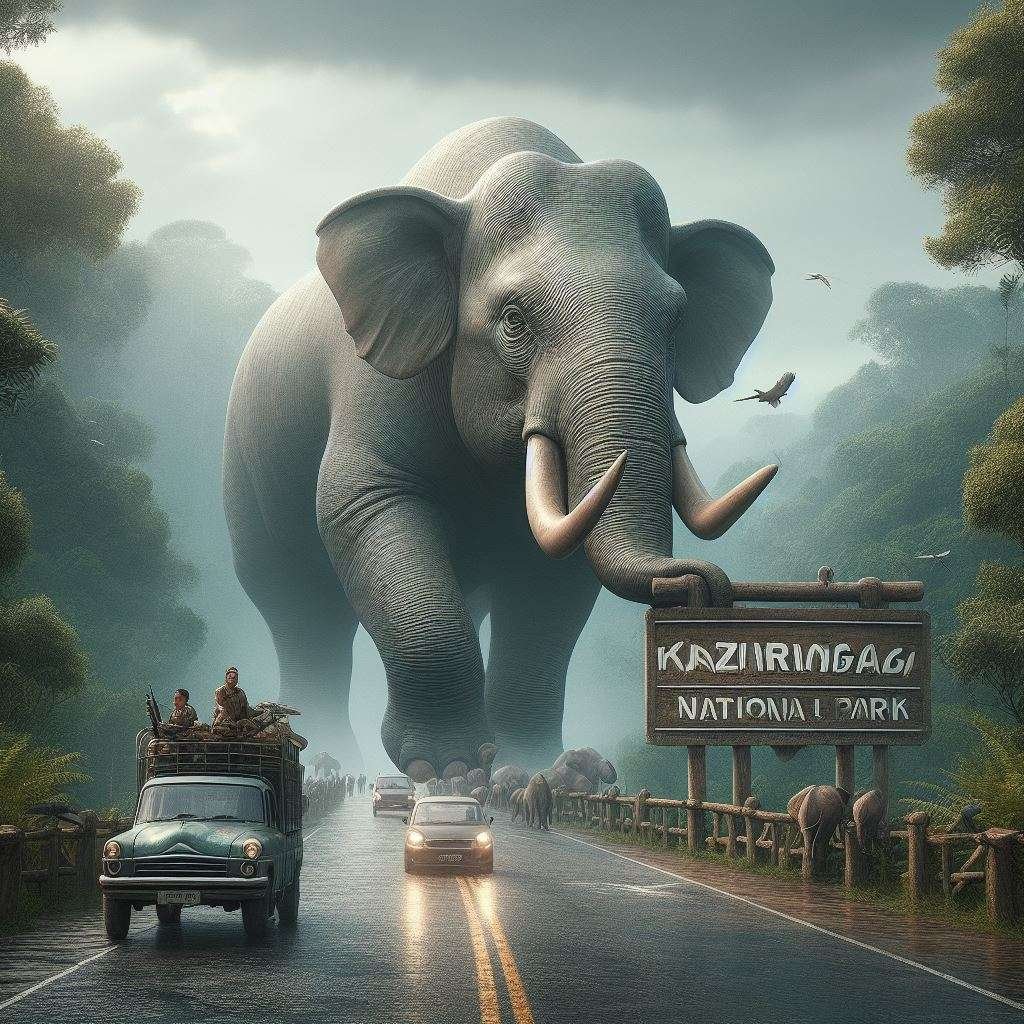 Ecotourism and Education
Ecotourism and Education
Responsible ecotourism is one of the most effective methods to help support conservation efforts in Kaziranga. Visitors to the park may experience its natural beauties directly, with thrilling animal safaris, guided nature walks, and birding trips. Visitors may help to save Kaziranga by connecting with local people and supporting eco-friendly tourism projects. All while having a one-of-a-kind and amazing wilderness experience.
Education can also help to raise awareness about the need of conservation and biodiversity protection. Kaziranga offers educational programs and outreach activities for visitors of all ages. Offering vital information on the park’s ecosystems and the dangers to its animals. By instilling a feeling of ownership and responsibility for the natural environment. These educational efforts enable individuals to become conservation advocates and champions for the preservation of sites like Kaziranga.
Check out this too – The Israel-Palestine Conflict
Prime Minister of India Visited “Kaziranga National Park”
Prime Minister Narendra Modi characterized his first trip to Assam’s Kaziranga National Park on Saturday morning as a “soul enriching” experience.
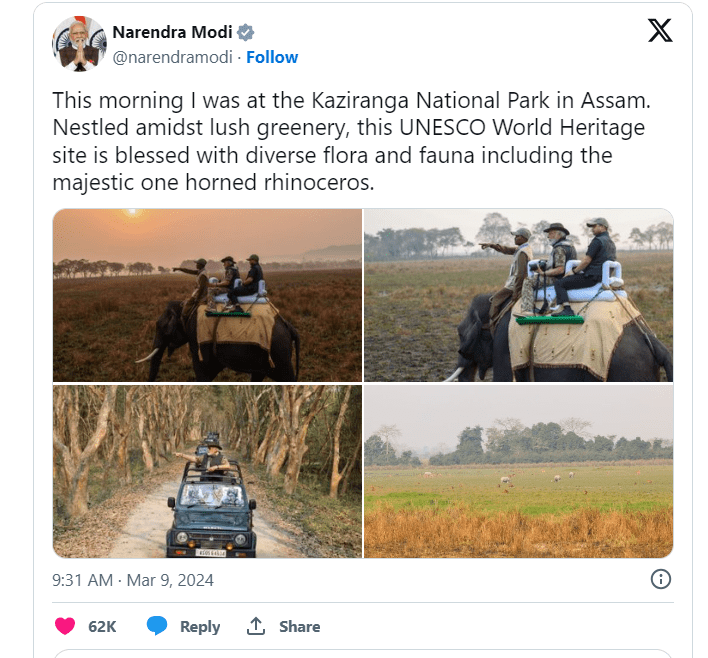
On Saturday at 5:45 a.m., the Prime Minister began his two-day visit to Assam’s Kaziranga National Park. And Tiger Reserve with an elephant and jeep safari. He urged them to “experience the unparalleled beauty of its landscapes and the warmth of the people of Assam.”
This was Prime Minister Modi’s first visit to the UNESCO World Heritage Site. Which is home to one-horned rhinoceros, elephants, wild water buffaloes, swamp deer, and tigers.
According to NDTV, the prime minister began his safari with an elephant in the Mihimukh part of the park’s Central Kohora Range, followed by a vehicle safari inside the same range. Sonali Ghosh, the park director, and many other top forest officials accompanied him on his visit.
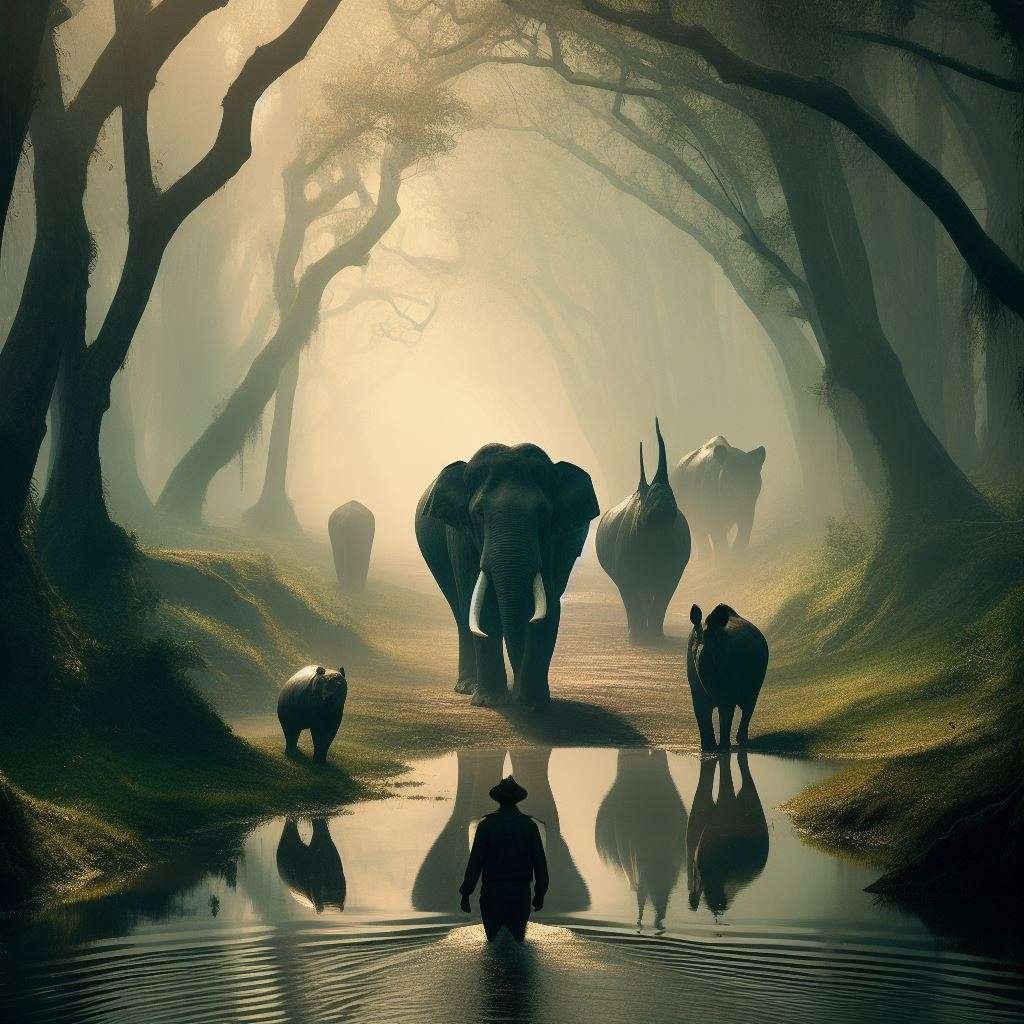 Preserving a Natural Legacy
Preserving a Natural Legacy
As we consider the wonders of Kaziranga National Park. We are reminded of the significance of protecting our planet’s natural legacy for future generations. Kaziranga, with its famous fauna and stunning scenery. Exemplifies what can be accomplished through devotion, teamwork, and a shared commitment to conservation. As we work together to confront the issues of habitat loss, poaching, and climate change. Let us be inspired by places like Kaziranga and renew our commitment to protecting and preserving the natural environment for future generations.

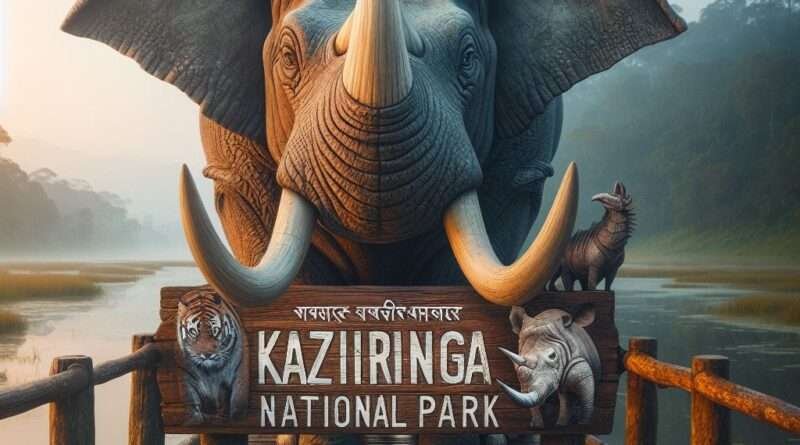
Pingback: https://usablogzone.com/kaziranga-national-park...
Pingback: Best Place to travel in Saudi Arabia -